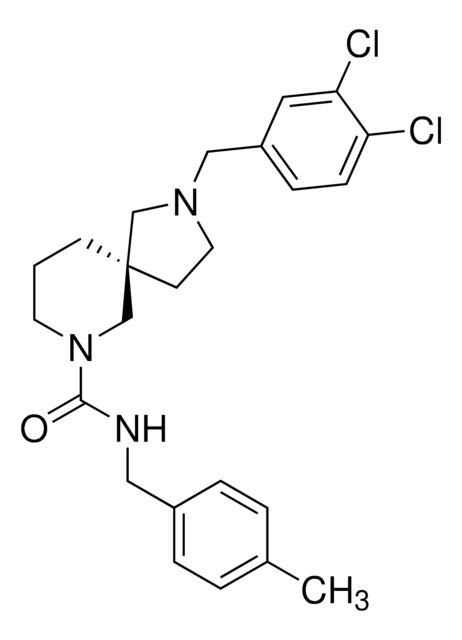83931
RNase AWAY®
decontamination reagent for RNase
Synonym(s):
Surface Decontaminant
About This Item
Recommended Products
Related Categories
General description
Application
- in flow cytometry analysis[1]
- to sterilize coated microstir bars for the formation of colloidal emulsion[2]
- to remove RNAse from biosafety cabinet[3][4] and lab equipment[5]
- as a chemical to analyse the dynamic transcriptional and epigenetic remodeling during astrogliogenesis[6]
Caution
Other Notes
Legal Information
related product
signalword
Warning
hcodes
Hazard Classifications
Eye Irrit. 2 - Met. Corr. 1 - Skin Irrit. 2
Storage Class
8B - Non-combustible corrosive hazardous materials
wgk_germany
nwg
flash_point_f
Not applicable
flash_point_c
Not applicable
ppe
Eyeshields, Gloves
Choose from one of the most recent versions:
Already Own This Product?
Find documentation for the products that you have recently purchased in the Document Library.
Customers Also Viewed
Our team of scientists has experience in all areas of research including Life Science, Material Science, Chemical Synthesis, Chromatography, Analytical and many others.
Contact Technical Service













